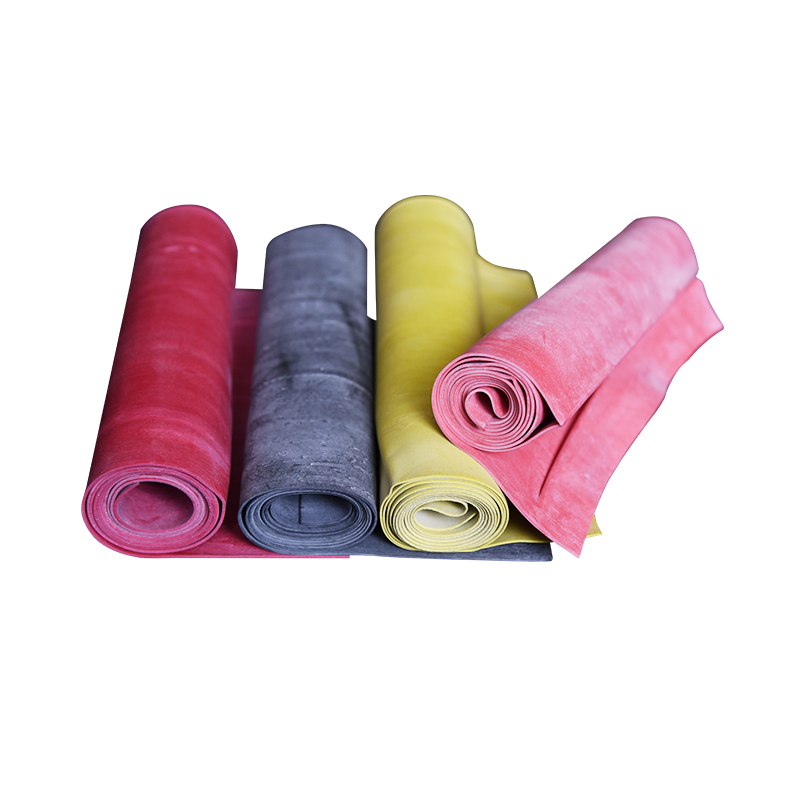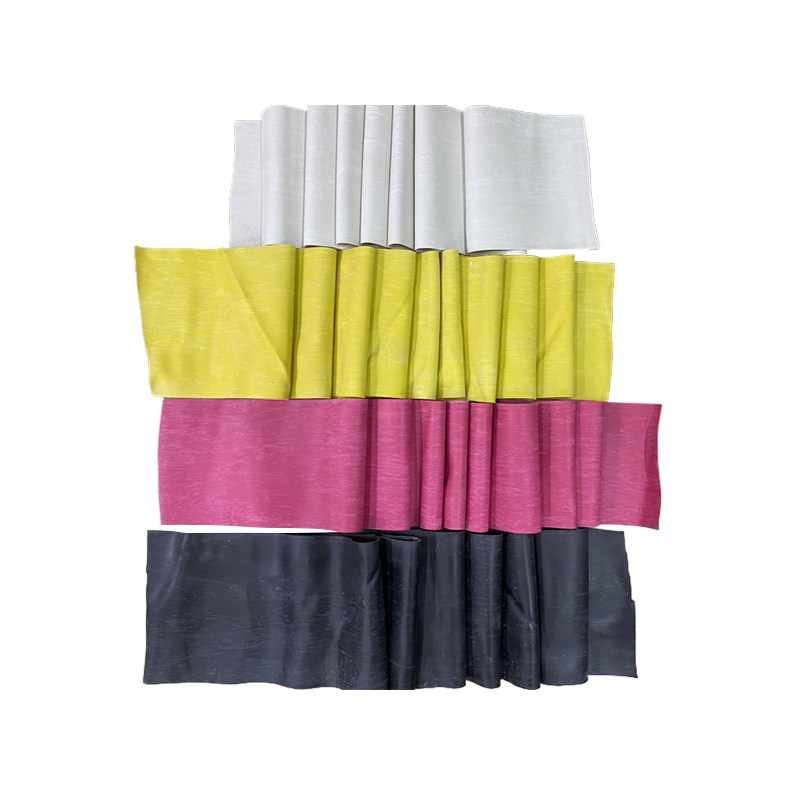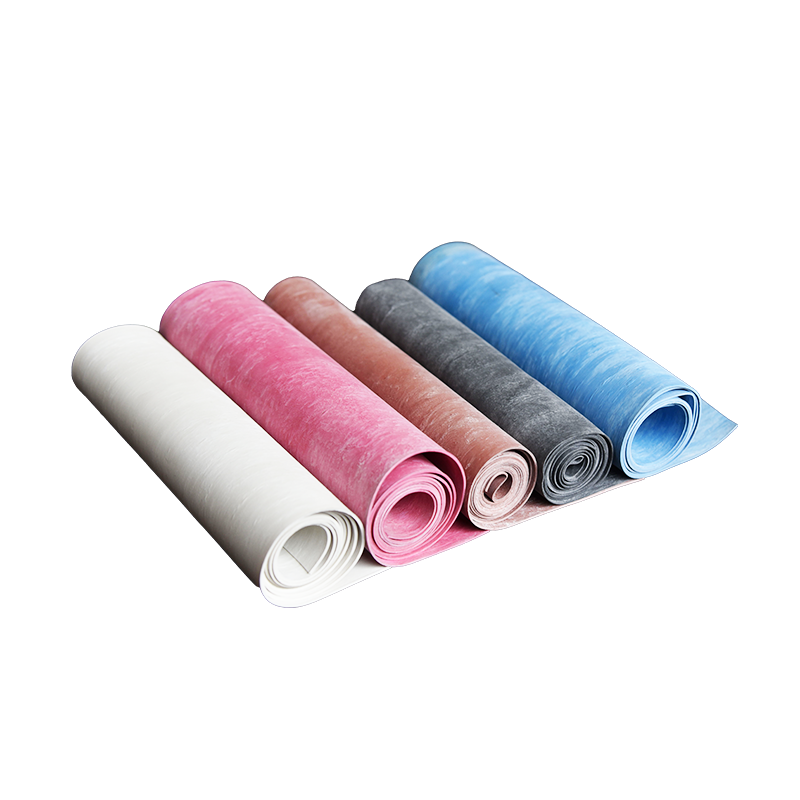
Polyvinyl chloride insulation layer material for wires and cables
Still deciding? Get the samples first,Contact us!
View similar products
Polyvinyl chloride insulation layer material for wires and cables
Still deciding? Get the samples first,Contact us!
Product Category
- Description
-
The PVC insulation layer material for wires and cables is a granular cable material made by mixing, plasticizing, and granulating PVC resin as the base material, adding plasticizers, stabilizers, and other additives.
Model, brand and various names, execution standards, purposes and specificationsModel Maximum operating temperature of wire core (℃) Name Execution standards Usage and Cable Material Specification J-70 70 70 ℃ PV soft insulation layer plastic GB/T8815-2008 Insulation layer of instrument communication cables, cables with 0.6/1KV and below JR-70 70 70 ℃ PV soft insulation layer plastic GB/T8815-2008 Insulation layer for flexible wires and cables of 450/750V and below JGD-70 70 70 ℃ PV soft insulation layer plastic GB/T8815-2008 Insulation layer of 3.5/6KV and below power cables J-90 90 90 ℃ PV soft insulation layer plastic GB/T8815-2008 Insulation layer for heat-resistant wires and cables of 450/750V and below Note: The relative density index and color are determined through negotiation between the supply and demand parties.
Mechanical and electrical properties
Experimental project Company Standard value J-70 JR-70 JGD-70 J-90 Tensile strength ≥ MPa 15.0 15.0 16.0 16.0 Fracture tensile strain ≥ % 150 180 150 150 Brittle temperature ≤ ℃ -15 -20 -15 -15 Volume resistivity at 20 ℃ ≥ Ω•m 1.0×1012 1.0×1011 3.0×1012 1.0×1012 At working temperature
Volume resistivityTest temperature ℃ 70±1 70±1 70±1 95±1 Volume resistivity ≥ Ω•m 1.0×109 1.0×108 5.0×109 5.0×108 Dielectric strength ≥ MV/m 20 20 20 20 200 ℃ thermal stability time ≥ min 60 60 100 180 Thermal aging performance Thermal aging temperature ℃ 100±2 100±2 100±2 135±2 115±2 Thermal aging time h 168 168 168 240 240 Tensile strength after aging
Maximum rate of change in tensile strength≥ MPa 15.0 15.0 16.0 16.0 ≤ % ±20 ±20 ±20 ±20 Fracture tensile strain after aging
Maximum change rate of fracture tensile strain≥ % 150 180 150 150 ≤ % ±20 ±20 ±20 ±20 Mass loss ≤g/m² 20 20 20 20 Processing technology
Using a general extruder for processing, with L/D ≥ 20, it is recommended to set the temperature at each point of the extruder as follows:District Point Zone 1 Zone 2 Zone 3 Zone 4 Zone 5 Die head Temperature ℃ 140 160 170 175 180 175
Query now
Note: Please leave your email address and our professionals will contact you as soon as possible!
Related Products










